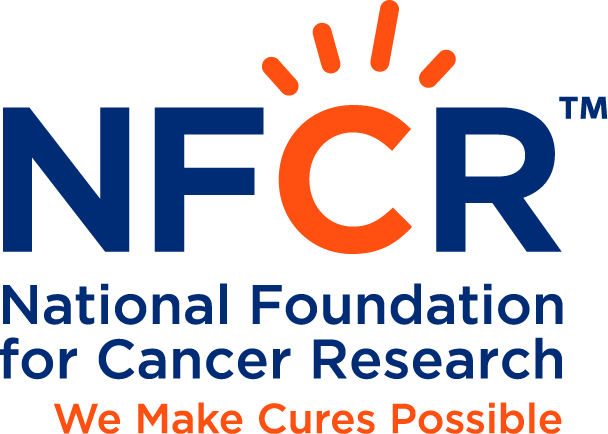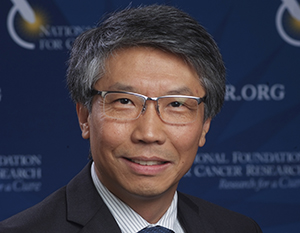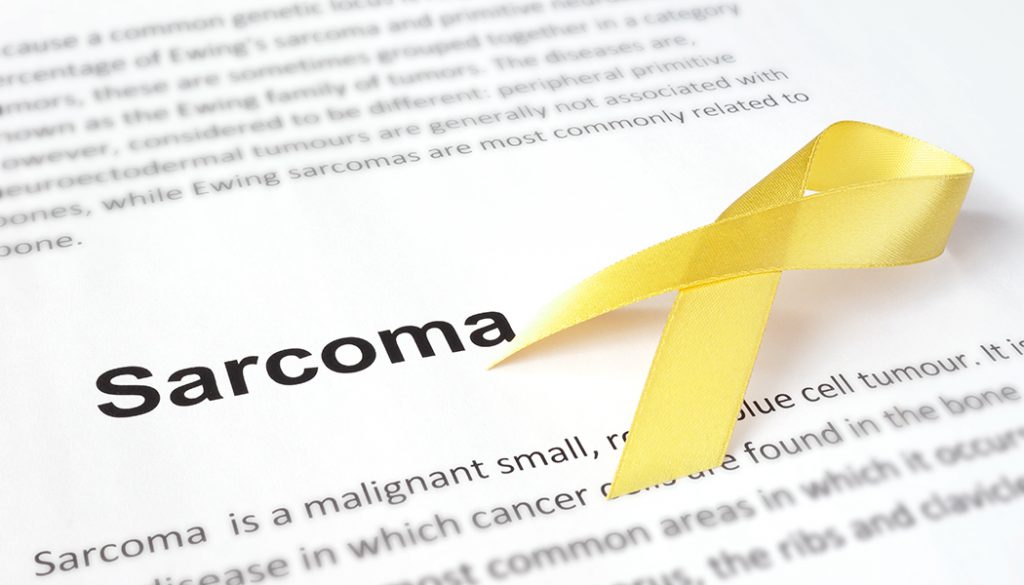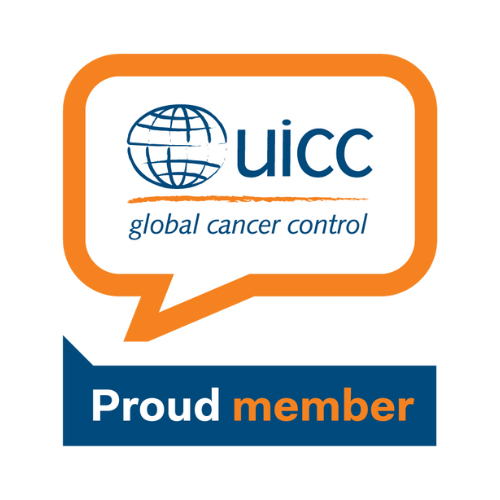Sarcoma
Sarcomas are cancers that start in bones, muscles, connective tissues, blood vessels or fat, and can be found anywhere in the body. There are more than 50 different types of sarcoma, which fall into two main categories: bone cancers and soft tissue cancers.
Key Facts
- An estimated 13,400 new cases of soft tissue sarcomas and 3,970 new cases of bone cancers will be diagnosed in the U.S. in 2023, with around 7,280 deaths expected to result from the diagnosis.
- Sarcomas are rare in adults and make up approximately 1% of all adult cancer diagnoses.
- Sarcomas are relatively more common among children. Between 1,500 and 1,700 children are diagnosed with a bone or soft tissue sarcoma in the U.S. each year. This makes up about 15% of cancers in children under the age of 20.
- The overall relative five-year survival rate for people with soft tissue sarcoma is around 65% and for people with bone cancer, the overall relative five-year survival rate is 70%. The rate differs depending on the type of bone cancer.
- When the sarcoma starts in an arm or leg, the five-year survival rates are slightly higher for each stage when compared with sarcoma that starts in other locations.
Source: American Cancer Society’s Cancer Facts & Figures 2023; Sarcoma Alliance; and American Society of Clinical Oncology’s Cancer.Net
Signs and Symptoms
A symptom is a change in the body that a person can see and/or feel. A sign is a change that the doctor sees during an examination or on a laboratory test result. If you have any of the symptoms below, it does not mean you have cancer but you should see your doctor or health care professional so that the cause can be found and treated, if needed.
Soft Tissue Sarcoma
- A lump that is increasing in size or becomes painful
- A lump of any size that is located deep within a muscle
- Abdominal pain that’s getting worse
- Blood in your stool or vomit
- Black, tarry stools
Bone Cancer
- Bone pain that becomes constant over time and worsens with activity.
- Swelling near pain area that happens later; may feel lump depending on location
- Neck bone cancers may cause a lump in the throat; Difficulty to swallow or breathe.
- Bone cancer most of time does not fracture; Feeling sudden bone pain after soreness for months may indicate fracture.
- Cancer in spine bones can press on nerves, causing numbness, tingling or weakness.
Source: American Cancer Society and Sarcoma Alliance 2023
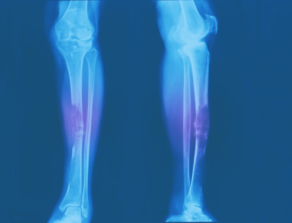
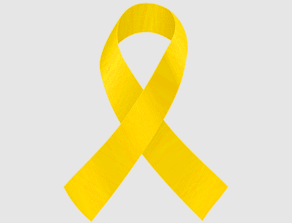
Sarcoma Cancer Awareness Month is recognized in July. To help accelerate cures please make a gift today.

